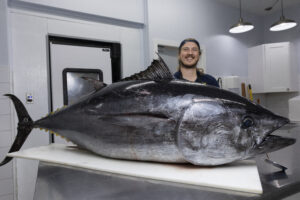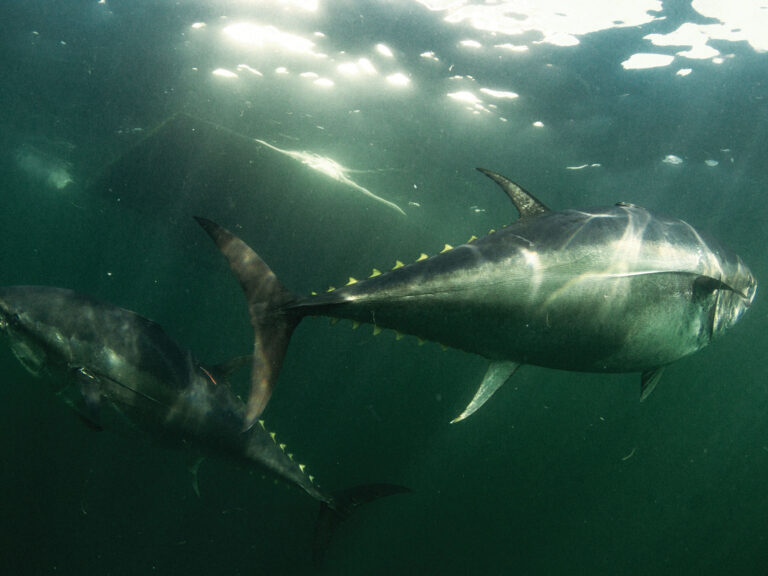The summer sea off Bimini was flat and sweltering as Jim Hanrahan, Bobby Brack, and I trolled a full spread of baits, teasers, and a dredge. The morning progressed to nearly noon, strikeless. Suddenly, something struck the skirted ballyhoo on the high-speed planer.
I lifted the 20-pound outfit from its holder and watched line race from the reel. “Wahoo,” I thought, until a big beautiful sailfish leapt skyward. After a short, blistering fight, we billed the fish and set it free. That high-speed planer made the day, giving us the confidence to troll through the afternoon and score a few dolphin.
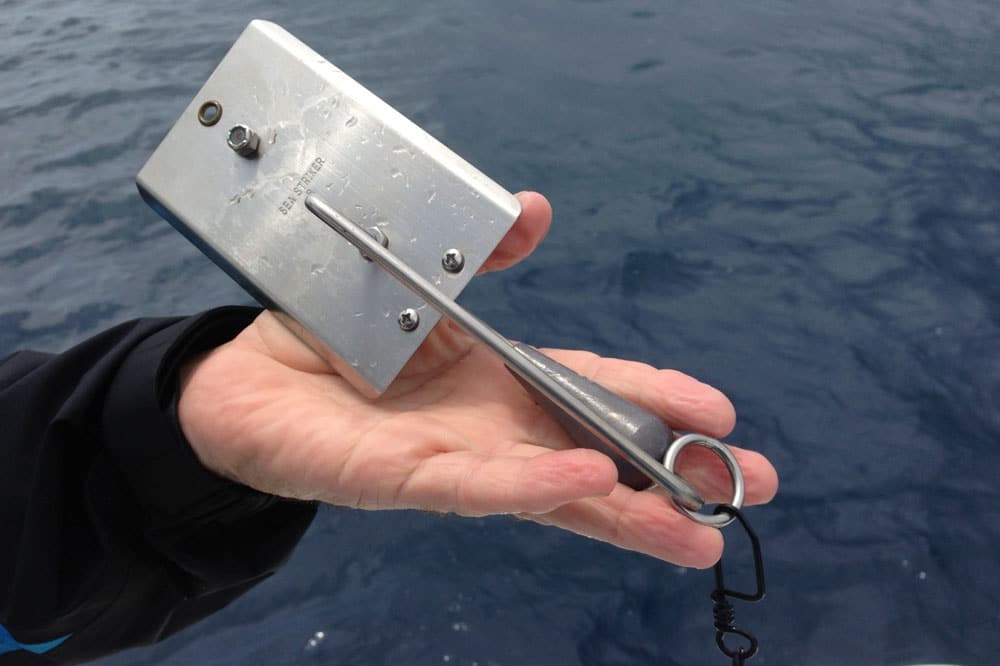
Fish With Planers in Warm Temperatures
As the late-summer heat intensifies, daytime trolling can be tough, particularly in the South. Fish still migrating through, or staying behind, often remain deep and near their forage, which also avoids high surface temperatures.
That’s why hardcore trollers ply the waters between sunrise and around 9:00 a.m., when baitfish and game fish are higher in the water column from the evening prior. Even in areas where game fish are plentiful, they sometimes become nonresponsive to surface baits. To bolster your odds of scoring in both situations, place at least one bait deep, like we did in Bimini that day.
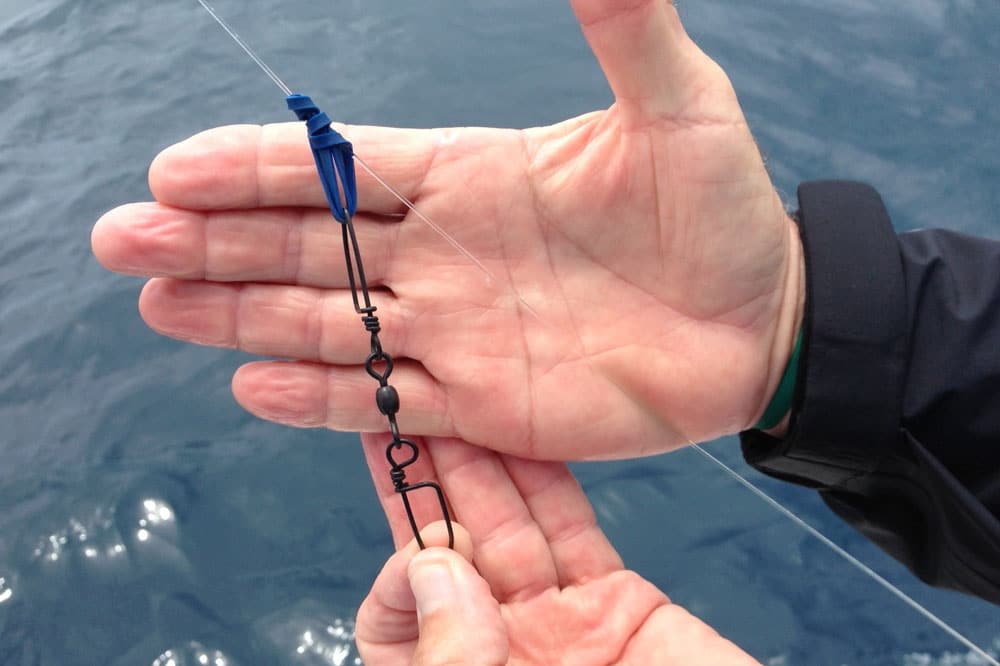
How to Fish Planers for Trolling
There are numerous ways to place a bait in the water column, such as wire line, trolling sinkers, downriggers and planers. Each offers advantages for particular species. Over the years, I’ve favored the high-speed planer as an effective and efficient tool for offshore trolling. It’s simple to use, enables a bait to be placed between 20 and 50 feet down, and is light-tackle friendly. It works over a wide range of trolling speeds, from slow-trolling with natural baits to pulling artificials up to 15 mph.
The HS-8 (high-speed) planer from Sea Striker has been around for years. It is designed to perform at speeds approaching 18 mph, compared to standard planers that blow out and often fly across the surface at speeds approaching 10 mph. In addition, many planers are in-line, meaning you fight the cumbersome planer along with the fish. The Sea-Striker HS-8 is an independent system. Once the rubber band holding the fishing line to the planer line parts, the angler fights just his fish; hence its light-tackle friendliness.
The fishing planer is generally rigged with 150 to 200 feet of 300-pound-test monofilament, with a large ball-bearing snap swivel at one end to attach the planer and a section of cord at the other end that attaches to a transom cleat.
Compared with a downrigger — where an accurate depth can be dialed in — one must estimate the depth of the bait with a fishing planer. Deployed, the planer line trolls at an approximate 45-degree angle. Now, here’s the tricky math: For every 2 feet of planer line deployed, the planer goes down 1 foot. So, with 50 feet of line out, expect the planer to ride 25 feet down. However, much beyond that, this formula doesn’t hold true and, in fact, can reverse itself. To position the planer 50 feet down, for example, might require 150 feet of line. For most offshore trolling, a bait racing through the water from 15 to 50 feet down can be mighty effective.
Sea Striker also sells the HS-8 planer kit, which comes with 36 feet of 300-pound-test line and all terminal components. Obviously, the kit is intended to take a bait about 15 feet down.
You can pull everything from swimming plugs to swimming mackerel when fishing with a planer. I like to place a streamlined lure over the bait to cut through the water with minimum resistance, and — based on lure-head color — mimic flying fish, juvenile dolphin, bonito or tuna. We’ve caught billfish, wahoo, tuna and dolphin with the system. And since wahoo strikes go up considerably with a deep bait, I rig with several feet of 80- or 93-pound-test single-strand wire. In addition, to foil short-striking fish, I’ll make close to 40 haywire twists when securing the 7/0 to 9/0 O’Shaughnessy-style hook to the wire leader, which positions the hook in the middle of the bait.
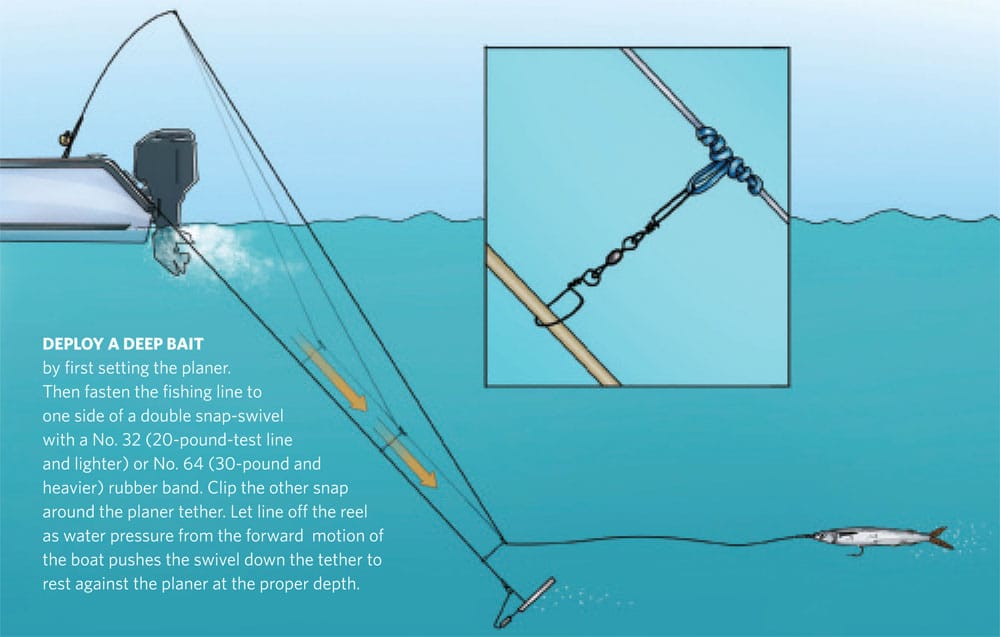
How to Rig Planers for Trolling
To position a planer, first secure the loop in the cord at the end of the planer line to a transom cleat, and slow the boat to nearly a crawl. Lower the planer into the water, making absolutely certain the cord is clear of your feet, and don’t take any wraps on that cord during deployment.
Once the planer catches and tracks into position, resume trolling speed, free-spool a bait some 50 to 100 feet back, and place that outfit in the rod holder. The drag should be set light, with the clicker engaged.
Then secure either a No. 32 (with 20-pound lines and lighter) or No. 64 (with 30-pound lines and heavier) rubber band to the fishing line coming off the rod tip, making sure it doesn’t slide and that a loop remains exposed. This loop goes onto one end of a double snap swivel. Pull line off the reel and latch the other snap around the planer line. Then let the water pressure from the forward speed of the boat slide the connection down the cord to the planer.
Be advised that there is no sudden stop when the line nears the planer, and excess free spooling results in a large bow in the fishing line. You must estimate when the connection is near the planer, and then engage the reel drag and slowly wind up line until the rod tip is taut under pressure. Troll as you normally would, avoiding sharp turns, which could steer the planer line into the props.
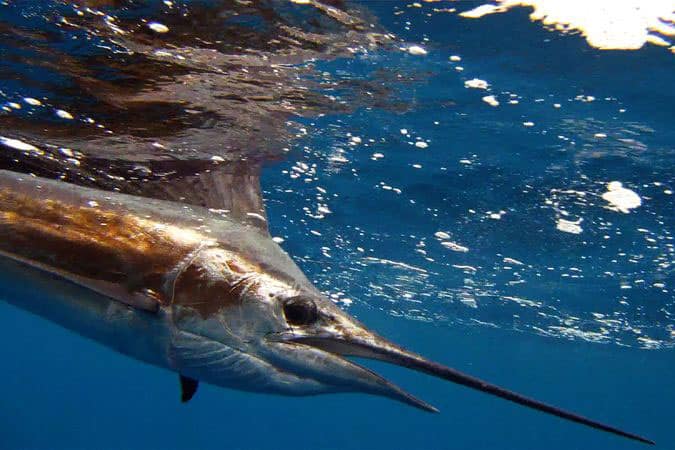
Setting the Hook When Using Planers
When a fish strikes, the resistance from the parting rubber band sets the hook, which is crucial to holding a fish during the momentary slack period between the strike and line coming tight to the fish. With a large fish, slow the boat and retrieve the planer. With a small fish that can be muscled around the planer line, leave it deployed.
After a strike — or capture — there’s no need to retrieve the fishing planer to reload; just take another double snap swivel and rubber band, and set a new bait. At the end of a good day, the planer line will have collected several swivels, and your fish box a few more fish — fish that you might not have caught if you hadn’t decided to get down.

